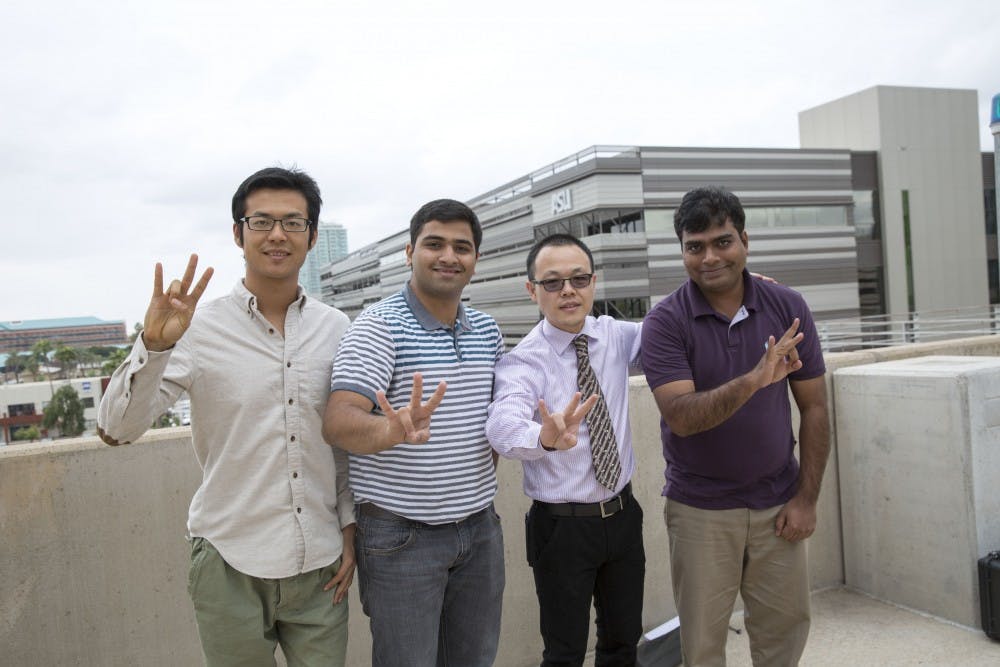Students done letting that Xbox Kinect in the far corner of their dorm rooms collect dust might just want to donate it to a new research project at the Del E. Webb School of Construction.
The Kinect devices are being used in an unconventional way. Cheng Zhang, a graduate student in the school of engineering, is using the 3D imaging capabilities of the Kinect sensor to analyze the emotions of nuclear power plant employees during outages.
"A refueling outage is a certain amount of time when we need to shut the power plant down and do the refueling, replacing the nuclear fuel for the power plant," Zhang said. Outages are times when plant workers will conduct repairs on plant equipment, replace about a third of reactor fuel, and perform routine inspections.
The period also requires employees to work on maintenance quickly and efficiently.
"We want to make this shutdown period really short, because, for the Palo Verde Nuclear Generating Station (a facility in Western Arizona), one day delay of outage will cost about 1.5 million dollars," he said.
Zhang's project focuses specifically on the impact of human emotion and behavior on crane related errors during outages. Cranes are a crucial component of the maintenance and refueling of a nuclear plant, yet between 1968 and 2002, there were a reported 430 crane related incidents at plants across the country, according to the US Nuclear Regulatory Commission.
Of these incidents, Zhang's report noted that "human behavior is directly or indirectly related to more than 80% of the reported crane-related accidents."
This slows down outages, making them costly.
Using a combination of Kinect sensors and Gigabit Ethernet cameras, Zhang's project is able to track power plant workers over large distances and make note of behavior and actions.
From there, the team has developed an algorithm that compares the current status of these workers with their scheduled status. For instance, if an employee is waiting around when scheduled to be working, the Kinect system will note this discrepancy, and register an alert before a mistake occurs.
Pingbo Tang, an assistant professor at the school of sustainable engineering, helps oversee this project.
"We want to know, during the maintenance stage, what does people moving tell us about the productivity and the safety of the process?," Tang said.
"We're not tracking people who are working, we are actually tracking people who are waiting."
While the Kinect may have never been the most popular device in the gaming world, it is certainly well suited to the task of tracking anomalies in a power plant.
According to Zhang's paper for the International Symposium on Automation and Robotics in Construction, "Kinect sensors can easily track individual humans and capture human action in a relatively short range (maximum 10 meters)."
One of Zhang's peers in the project, Vamsi Kalasapudi, also works in the realm of computer vision.
Kalasapudi's and Zhang's projects both focus on "post production."
"It's not about the technology," Kalasapudi said. "It's about the algorithm which we are trying to develop. Technology only gives you pictures, it's like a movie. At the end you have something called a post production. You need to combine, you need to cut, you need to add."
Zhang has high hopes for the future of the project.
"If we are successful, this technology would be integrated with many technologies involving computer vision, management science, psychology," Zhang said. "This involves everything."




